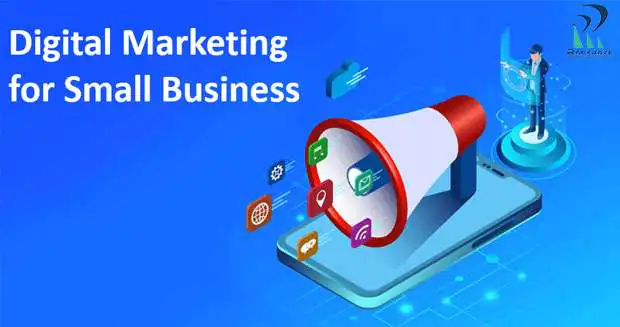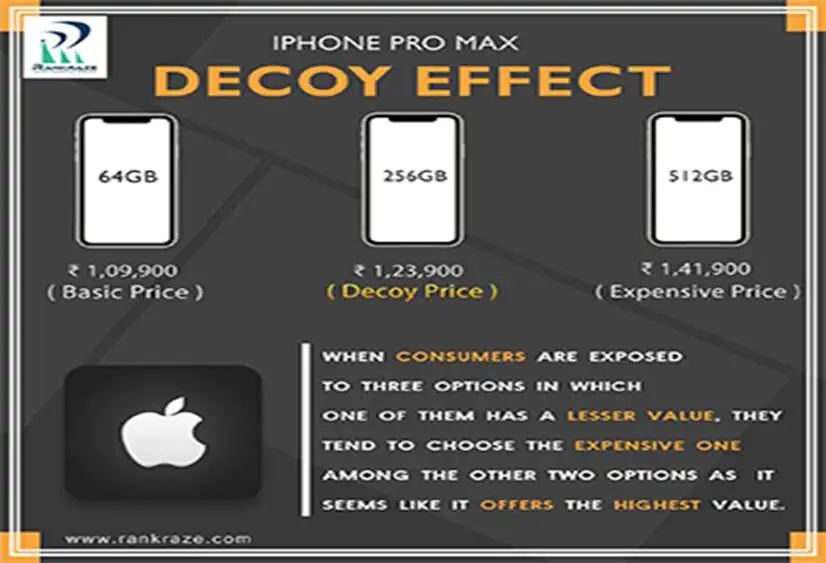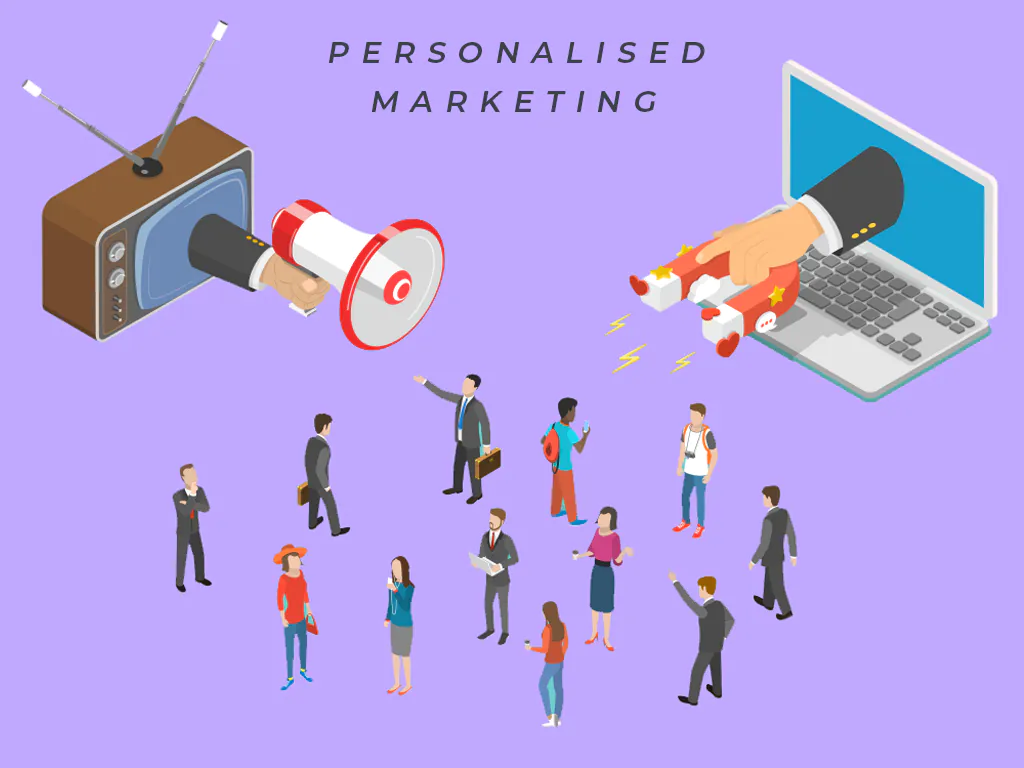User-generated content is gaining prominence in many branding strategies, strengthening relationships and loyalty. The trend is that, in the coming years, it will continue to grow, driven mainly by digital transformation.
More than 60% of the world’s total population is connected. There are 5.03 billion people using the internet, and the number is only going to increase. According to data from Data Portal, it is estimated that by 2023 two thirds of the world’s population will be online.
Although brands already used this content format for social proof, with the popularization of social media, it gained even more prominence and could not be different. There are 350 million photos uploaded to Facebook daily, 95 million to Instagram (including videos) and about 500 million tweets.
Primarily utilizing social media as a catalyst for action, companies have played a key role in the growth of this market, with a share of over 64% in 2020. By 2028, the UGC market is expected to be worth around $18.65 billion, with an annual growth rate of 26.6%.
In addition to companies being able to take their value proposition to more people, by tagging a product they are using, every consumer can become a content creator, creating an ecosystem of opportunities for everyone involved.
In this article, I’ll help you understand how UGC campaigns can help your business connect with the consumer, becoming relevant and, most importantly, increasing sales.
What is User Generated Content (UGC)?
Briefly, user-generated content corresponds to content that is created by consumers of the brand. Although they can be paid, most are not sponsored and are honest recommendations from the publisher, so they tend to be seen by the public as more genuine.
In general, these are contents in which the customer is interacting with the product, and by sharing his personal experience, he relates to the audience on a deeper level than a traditional advertisement. In addition, they make the product’s value proposition clear in a simple and dynamic way – one of the great benefits of UGC ( User Generated Content ).
Normally, this content belongs to the brands and is shared on their profiles, but this is not a rule.
One of the biggest benefits of user generated content is its ability to boost the connection between brand and customer , and the trend in the medium and long term is that this type of campaign is no longer part of a strategy to become the future of ads.
“UGC is here to stay. The days of Instagram perfection and extreme Facetune are behind us.”
UGC's strength lies in the authenticity of people-to-people communication
- Without major investments on the part of the brands (nor the creators), most of the content is recorded on the cell phone in a casual way and without much production, the basis for gaining user trust, especially on social media such as Instagram and snaptube.
- Recently, the report “ influence in the digital age ”, pointed out that 57% of consumers said that many brands do not create content that seems authentic, a fact that is worrisome, especially when 86% listed authenticity as the most important factor when deciding which brands to like and support.
- In short, authenticity is a key factor in UGC’s success, precisely because people tend to believe in people, one of the fundamentals behind word-of-mouth marketing being so effective, moving US$6 trillion annually and corresponding to 13% of all sales.
Some statistics compiled by Semrush on word of mouth marketing point out that:
- 23% of people talk about their favorite products with friends and family every day.
- 21% of people will lose trust in a brand, whether they are a customer or not, when they receive negative feedback.
- 90% of people are more likely to trust a recommended brand, even by strangers.
In other words, making communication more personal and honest is essential to relate with customers and be recognized as the best option, winning referrals. In addition, 70% say they know how to differentiate authentic content (in this case, made by the user) from that developed by the brand, which indicates that there must be transparency.
“Consumers continue to demand transparency and authenticity, staged content, even professional quality, has gone out of fashion. We see this in the rise of ‘genuine influencers’, subject matter experts being sought after by brands precisely because of their professional status outside of the world of creation.”
User-generated content is a huge opportunity for both brands and consumers. While the company boosts creations, consumers, at the other end, feel more represented, generating greater identification of hyper -produced advertisements.
UGC: a smart and effective strategy – and one that may even be cheaper
- A paid UGC post can cost brands $125 to $500 on average, while a macro influencer or celebrity can charge $30,000 per post. In addition, when opting for this strategy, some companies managed to sell around 20% more than through traditional advertisements.
- That is, user-generated content tends to be more financially advantageous, in addition to establishing deeper relationships with consumers, being directly related to authenticity.
- Despite what it might look like, the influencer market isn’t showing any signs of stabilizing or declining. In this sense, UGC campaigns prove to be viable alternatives for companies that have a smaller budget for marketing and advertising and still expect to reap good results.
- One option is to make a mix of campaigns according to the maturity of the business, distributing the budget taking into account the company’s objectives.
- Undoubtedly, user-generated content tends to become more and more relevant, and by presenting considerable cost-effectiveness, many businesses can be creative, communicating with their customer base in an authentic way, and still, stay within budget.
- Whichever approach you choose, it should contribute to increased revenue. After all, what differentiates a company that grows every day from one that remains stagnant is its ability to attract and convert new customers. So, if you want to sell more and better in your business.
5 steps to effectively explore user-generated content
Below we list some steps for your company to start exploring the UCG and reap good results from your strategy. Learn more below:
1) Choose the most effective social networks for your campaign
It’s extremely important to know not only which social networks are preferred by your customers and potential leads, but where your potential advocates can have the most influence.
- The social network you choose should be based on your goals and target audience.
- Research has found that around 75% of consumers will share a positive experience with a brand.
- Consumers are also 70% more likely to make a purchase with a business after a good interaction.
- This shows that, regardless of the social network, a good interaction or a positive experience does wonders for your brand – so having specialized professionals to carry out the SAC in your networks makes all the difference.
- Using this user-generated content doesn’t have to be complex. It’s actually a simple process: just ask them to repurpose the customer’s content for your brand.
- Being mentioned or having content shared by a brand is often fun and exciting for consumers.
- Your actions not only help your company reach the public, but also expose your audience – and your endorsement. It’s a real win-win when done right.
- When starting out, check which social channels can have the most impact through user-generated content.
- Focus on the real benefits that come with sharing content. For example, Apple’s approach to user-generated content is to showcase the talents of its advocates behind their devices.
- And that makes sense for a brand that wants to connect with more people like this user.
- Consumers are twice as likely to share user-generated content with friends or family.
- People simply trust each other over brands, which means that user-generated content often gets more engagement than promotional posts.
How user-generated content works on each network
Choosing the best social network for your campaign is the easy part. But determining what type of user-generated content to publish on that particular network is another challenge.
In addition to discovering networks for your audience, you need to learn about the content that works with each network.
Try some of these tips for posting better user-generated content on each social network:
Facebook : Great choice for video content and stories about your brand. Use Facebook to post the type of videos that have the most potential to go viral. Facebook’s algorithm isn’t friendly to organic reach, but it doesn’t rule out posting user-generated content in ads;
Twitter : The highly visual user-generated content on Twitter also benefits brands due to its shareability. But his forte is the funniest interactions
Instagram : It is one of the top channels for user-generated content. Seeing products in action makes Instagram a great space for brands to get visual and connect with those who support it.
LinkedIn : As the world’s largest social network for professionals, user-generated content needs to be curated and relevant to your brand goals. Use LinkedIn to promote above and beyond user content that aligns with your brand.
2) Set specific user-generated content goals
- Just like any other content strategy, your user-generated content plan needs to have specific goals and guidelines to work at its best.
- According to SEMrush , 86% of companies have experimented with user-generated content – but few actually have a strategy for that content.
- User-generated content sometimes starts conversations that engage many users, increases engagement, and builds trust. But if used the wrong way, this content will make your followers pack up and go.
- That’s why your business needs – as with any type of marketing campaign – to create goals. Here are some of the most commonly used metrics when measuring the results of applying user-generated content:
Increased Brand Engagement : Everyone wants more likes, but setting engagement as a goal during UGC campaigns is strategic. Influencers tend to spark conversation with their content.
Seeing more comments, likes and mentions of your channels are the signs of success.
Increased conversion rates :
- Do you need definitive arguments to support your potential leads’ buying decisions?
- User-generated content has the power to help those consumers who are still on the fence about your product.
- If your business is in a slightly competitive industry (as B2B is ), users will do their research.
- Make it a priority to increase conversions with reviews, unboxing views and social media takeovers for your campaign.
Building trust in the brand :
- Another widely used metric is simply getting people to trust your company.
- Whether your business has had a bad customer experience or is starting from scratch, building brand awareness through trust is a great goal. So how do you measure it?
- User-generated content establishes credibility with consumers, so keep track of keywords or phrases commonly associated with your brand.
- Then track and measure to see if people are giving more positive feedback on social or even reviews;
Educate Users : Start by tracking common questions and concerns about your business on social media. As you listen to conversations, assess whether the same questions are being asked before and after your UGC campaign;
Optimize Your Content Creation Resources : If your team needs more social content, UGC can help save you a lot of time. By adding hashtags, comments and photos, you save time in the creation process.
3) Tell your audience what content your business wants to see
- Be clear and specific about the types of content that best align with your brand.
- Without an objective and a clear request to the audience, your business could confuse users or get a ton of content that doesn’t apply to your strategy.
- Try to be as specific as possible with brand rules and regulations regarding user-generated content.
- If you want people to send you content, more than likely they will. But how much of that is useful if you haven’t clearly stated what you want?
- It is also important not to lose focus. If you want a specific style of content, don’t revise or change your plans after a few days.
- Getting people to share user-generated content with your brand takes time. By rushing the process, you could end up creating a negative experience.
- Also be sure to check the hashtags and their guidelines to leave little room for error.
- Choose a user-generated content type
- You have several ways to apply user-generated content to your marketing strategy.
- A popular way to generate content is to use campaign hashtags.
Even if your ultimate goal is to promote your brand, you can do that simply by using a nice photo that relates to your brand. This type of content drives users to follow, engage, and submit content further.
Awareness for your social channels will not only better direct people to your products or services, but it will also show your brand personality.
4) Focus on the Community Aspect and Collaborate
- The best thing about user-generated content is that it usually drives engagement already. People feel more comfortable sharing their experiences in the comments as well.
- This means your business needs to focus on building your community. As a “community manager”, your company needs to create a brand persona and connect customers and advocates.
- User-generated content gives you the chance to connect with new people through conversation. Your goal is to build credibility. And, if done correctly, your business will drive users through the sales funnel .
- Treat your followers well because they are crucial to your social media strategy.
- Answer questions, give praise, be present at product launches, and demonstrate your human side.
- Users know there’s someone sitting behind the screen, so give your brand an engaging personality.
- Don’t treat social media engagement like a chore, but rather an opportunity.
Ask – don’t appropriate!
Needless to say, brands often feel that they can simply take photos from a website and credit the photographer or influencer without any deal. This is wrong.
Always make sure users are on board before sharing their content. It’s not fair (and not welcome) to take people’s hard work and use it without paying or getting their permission to do so first. And give due credit.
This doesn’t mean your business has to pay for every piece of user-generated content.
However, if someone asks for payment, you can think about a contract or look for users who are willing to trade for exposure. Always remember to ask before sharing – and don’t be shocked if they ask for money.
5) Examine and evaluate your efforts to generate user-generated content.
- We’ve said it before, but we’ll say it again: if your business wants its user-generated content strategy to work, you need to measure it.
- Not which metrics or targets were chosen or your strategy will evolve: you need to benchmark.
- Utilize social media analytics tools to track your overall engagement with user-generated content. If your business is posting on Facebook, Twitter, LinkedIn or Instagram, it’s important to have access to detailed audience reports.
Explore this great opportunity: User-generated content is tricky, but just follow the steps above to take advantage of your branding strategy.
- Exploring user-generated content brings numerous competitive advantages
- UGC campaigns enable businesses to reach out to customers in novel ways.
- Brands of all sizes, with the right approach and strategy, can engage customers with an unprecedented sense of authenticity.
- By doing so, companies can attract increased consumer attention, but also real, positive business results.
- Especially when we consider the costs of this type of initiative: practically zero.
- A credible advertising message that provides brand endorsement and is zero cost to produce – sounds like heaven for your integrated digital marketing plan, doesn’t it?
- We hope this article has helped shed more light on user-generated content and integrated digital marketing.



































































































